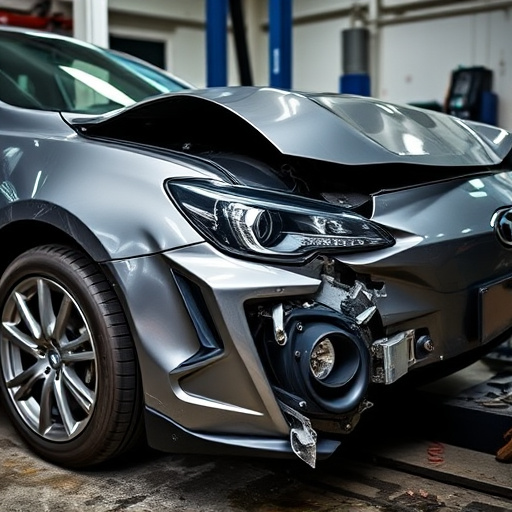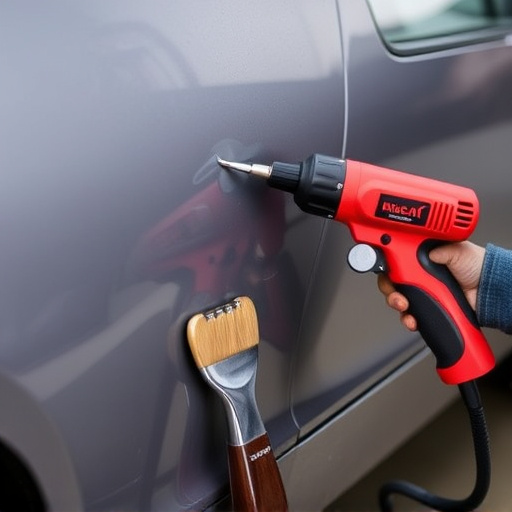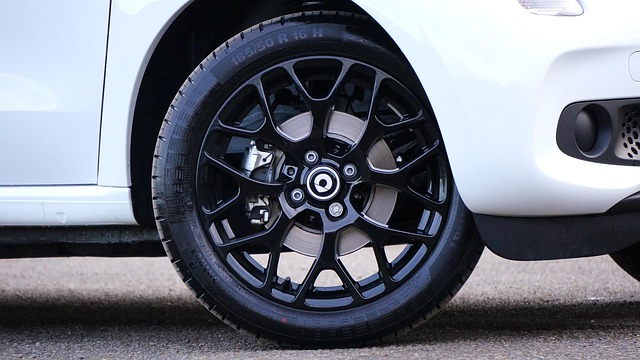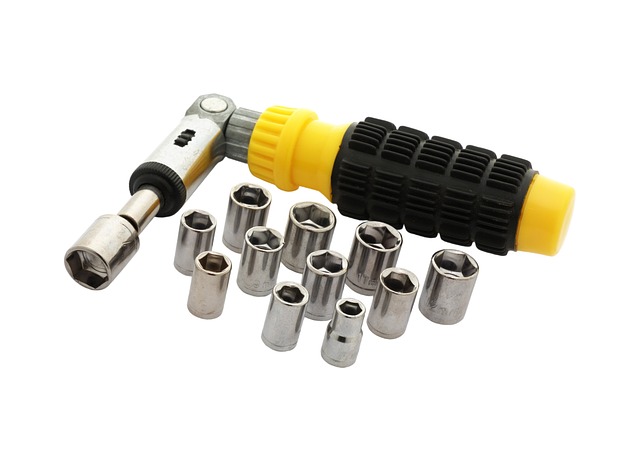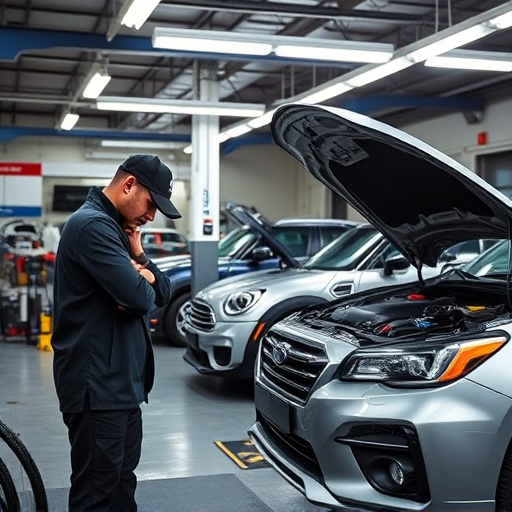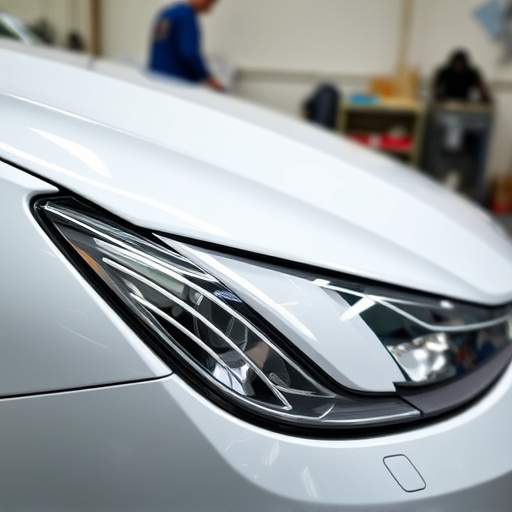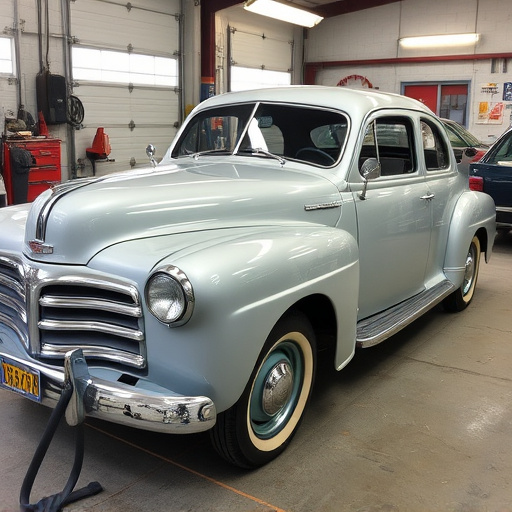A post-repair insurance inspection is a crucial step ensuring auto body repairs meet industry standards and policyholder expectations, especially for scratch repair, restoration, or paint services. This detailed assessment by an insurance appraiser or independent third party validates the quality and legitimacy of claims, accurately assessing damage extent, repair complexity, and claim validity. Preparing for such inspections involves gathering relevant documents, cleaning the vehicle, and actively collaborating with inspectors during their evaluation to expedite claim settlement and ensure reasonable compensation.
A post-repair insurance inspection is a crucial step in the claims process, ensuring that restoration work is carried out to a satisfactory standard. This detailed evaluation impacts your claim’s outcome significantly. It verifies the quality of repairs and determines the valid amount for reimbursement. By understanding what to expect during these inspections and actively participating, policyholders can ensure their claims are handled efficiently. This article guides you through the process, offering insights into the role of inspections and practical tips for a smooth experience.
- Understanding Post-Repair Insurance Inspection: What to Expect
- The Role of Inspection in Evaluating Claim Validity and Amount
- How to Prepare for and Collaborate Effectively During the Inspection Process
Understanding Post-Repair Insurance Inspection: What to Expect
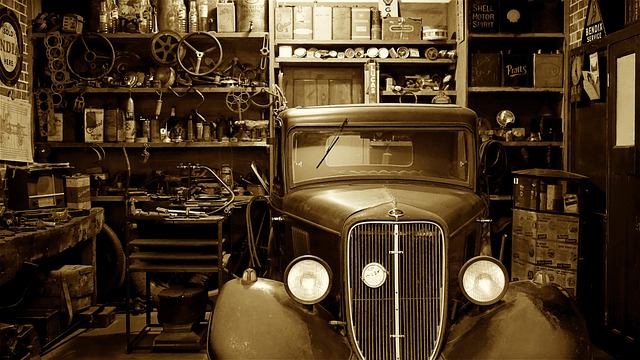
When a vehicle sustains damage, whether from an accident or mere wear and tear, owners often opt for professional repairs. Following the completion of these repairs, a crucial step in the claims process is the post-repair insurance inspection. This meticulous assessment is designed to ensure that the repair work meets industry standards and aligns with the policyholder’s expectations. During this inspection, an appraiser from your insurance company or an independent third party examines the vehicle, verifying the scope of work performed and the quality of craftsmanship.
In the context of car scratch repair, car restoration, or even comprehensive car paint services, these inspections are vital. They help determine if the repairs were done accurately and to the desired specifications. The appraiser will look for signs of subpar work, such as inconsistent paint finishes, improper body alignment, or shoddy craftsmanship. By understanding what to expect during this process, policyholders can actively participate in ensuring their claims are handled fairly and that they receive the quality of service their policies promise.
The Role of Inspection in Evaluating Claim Validity and Amount

A post-repair insurance inspection plays a pivotal role in validating the legitimacy and assessing the financial implications of an insurance claim for auto body services or vehicle repairs. This meticulous process involves a thorough examination of the repaired vehicle to ensure it meets industry standards and was restored to its pre-accident condition. The inspector scrutinizes every detail, from structural integrity to paint job quality, verifying that the collision repair shop carried out the work according to manufacturer specifications and adherence to safety protocols.
By conducting these inspections, insurance companies gain a clear understanding of the extent of damage and the complexity of repairs undertaken by the collision repair shop. This information is crucial in determining the validity of the claim—whether it aligns with the reported incident and whether the charges for auto body services are reasonable and accurate. The outcome directly influences the amount of compensation awarded, ensuring that policyholders receive fair reimbursement for their vehicle repairs while mitigating potential fraud or excessive claims.
How to Prepare for and Collaborate Effectively During the Inspection Process
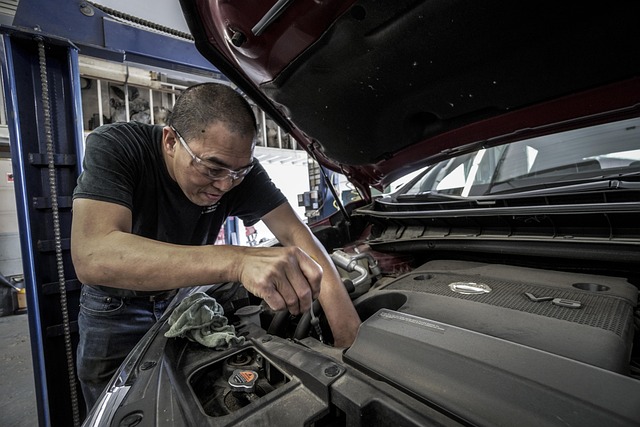
Preparing for a post-repair insurance inspection is crucial to ensure a smooth claims process and prompt reimbursement. Before the inspector arrives, gather all relevant documents related to your vehicle repair, including estimates, invoices, and photographs of both the damaged and restored car body. This documentation will serve as evidence supporting your claim. Additionally, ensure your vehicle is clean and in its original condition post-repair, allowing the inspector to thoroughly assess the work done without any obstructions.
During the inspection process, actively collaborate with the inspector by providing clear access to all areas of the auto repair shop where work was performed. Be prepared to answer questions about specific repairs and materials used. Effective communication is key; listen attentively to their observations and take notes if necessary. This collaborative approach fosters a transparent environment, which can expedite the claim settlement process. Remember that the inspector’s role is to verify the accuracy of the repair work, ensuring it aligns with industry standards and your insurance policy terms.
A post-repair insurance inspection plays a pivotal role in ensuring fair and accurate insurance claims. By meticulously evaluating the repair work, insurers can ascertain the validity of claims and determine appropriate compensation amounts. Preparedness and effective collaboration between policyholders and inspectors are key to streamlining this process. Understanding the importance of these inspections empowers individuals to actively participate, providing clear documentation and addressing any concerns promptly, ultimately facilitating a smoother claim resolution experience.

